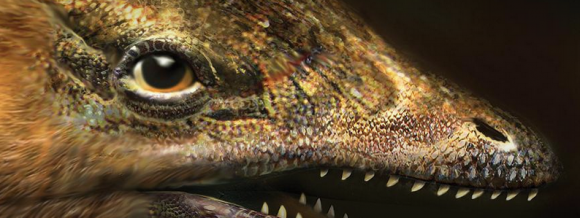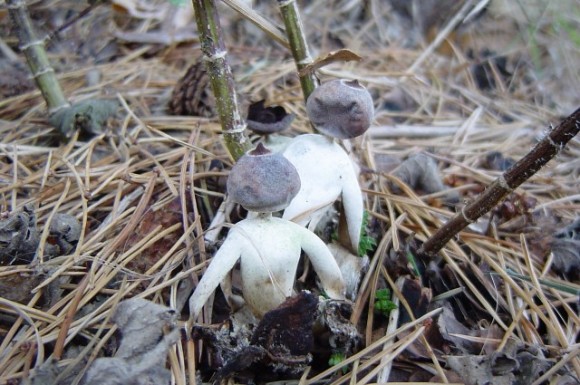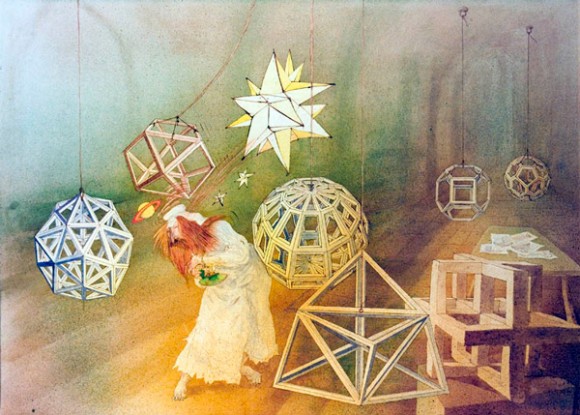Chickens Grow Dinosaur Snouts In The Lab
Chickens with dino snouts. What will they think of next?
Chicken Grows Face of Dinosaur
by Melissa Hogenboom (Earth Blog – BBC)
A chicken embryo with a dinosaur-like snout instead of a beak has been developed by scientists
“Sixty-five million years ago, an asteroid is believed to have crashed into Earth. The impact wiped out huge numbers of species, including almost all of the dinosaurs.
One group of dinosaurs managed to survive the disaster. Today, we know them as birds.
The idea that birds evolved from dinosaurs has been around since the 19th century, when scientists discovered the fossil of an early bird called Archaeopteryx. It had wings and feathers, but it also looked a lot like a dinosaur. More recent fossils look similar.
But these early birds didn’t look the same as modern ones. In particular, they didn’t have beaks: they had snouts, like those of their dinosaur ancestors.
To understand how one changed into another, a team has been tampering with the molecular processes that make up a beak in chickens…”
Click here for the rest.
Share



